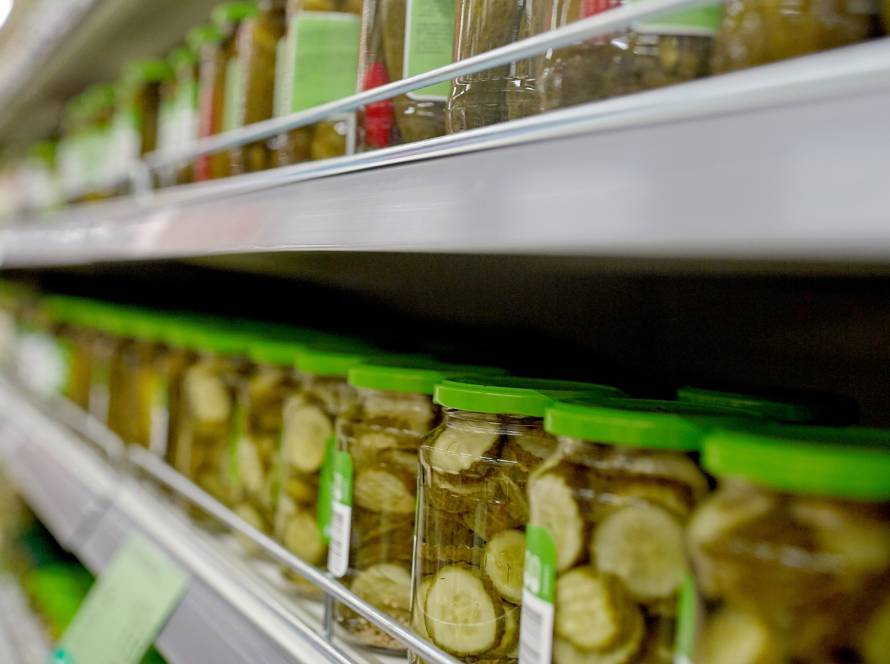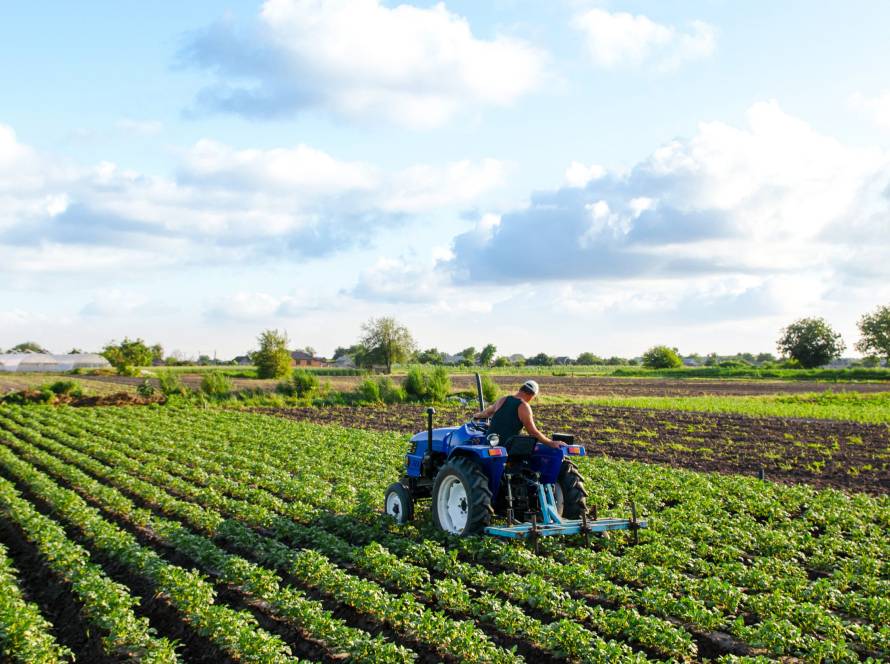Agriculture is one of the most basic activities in human history and is of great importance for the sustainability of food production. The harvest season, one of the most important periods of agricultural production, directly affects the quality and nutritional value of the products. This is a critical period when farmers receive the reward of their labor throughout the year and the products are prepared to be delivered to the consumer. The timing of harvest and the methods of application determine many factors, from productivity to taste. In this article, we will discuss the importance of the harvest season, the effects of determining the correct harvest time, and the aspects of this process that need attention.
Importance of Harvest:
- Quality and Taste: Harvesting the product during the period when the products are of the highest quality and taste ensures that fresh and nutritious products are obtained. Products collected at harvest time stay fresher longer and offer a more delicious taste.
- Productivity: A correct harvesting process at harvest time increases the productivity of the products. Harvesting immature or overripe crops can result in yield loss and quality reduction. Therefore, determining the harvest time correctly and having a careful harvesting process increase productivity.
Preparation Phase of Harvest
Before harvest, the fields are carefully examined. Experts perform ripeness tests to determine the ideal time to harvest fruits and vegetables. These tests are usually performed by taking into account factors such as the color, texture, and internal sugar content of the fruit.
Harvest Process and Things to Consider
- Harvest Time: The harvest time for each product is different and depends on the ripening process of the product. For example, vegetables are usually harvested when they begin to ripen, while fruits are harvested when they are fully ripe. When determining the harvest time, factors such as the color, texture, taste, and smell of the product should be taken into consideration.
- Harvesting Methods: Harvesting of crops is usually done manually or with mechanical harvesters. In manual harvesting, products are collected carefully and meticulously, while in mechanical harvesting, products are collected using special machines. When choosing the harvesting method, the decision should be made based on the type of product, its quantity, and the efficiency of the harvesting process.
Hand Harvesting: Hand harvesting is the gentlest method to avoid damaging the crop. Particularly tender fruits are picked by hand. This method ensures that the fruit is of the best quality and stays fresh for a long time.
Mechanical Harvest: The harvesting method using large machines is generally preferred for durable products such as potatoes and corn. This method allows the rapid collection of products from large areas. - Quality Control: Quality control after harvest ensures that the products comply with the standards and reach the consumer in the best possible way. Damaged or diseased products are separated, and healthy ones are released to the market.
- Transportation and Storage: Harvested products should be quickly transported to processing facilities and stored under appropriate conditions. Low-temperature and well-ventilated storage areas should be preferred to keep the products fresh and prevent quality loss.
The harvest season is one of the most critical and rewarding periods of agricultural production. Thanks to harvesting at the right time, collection processes carried out with appropriate techniques, and effective post-processing, fruits and vegetables reach consumers in their freshest and most delicious form. This process requires great care and attention at every step because it includes many important factors, from food safety to consumer satisfaction.





